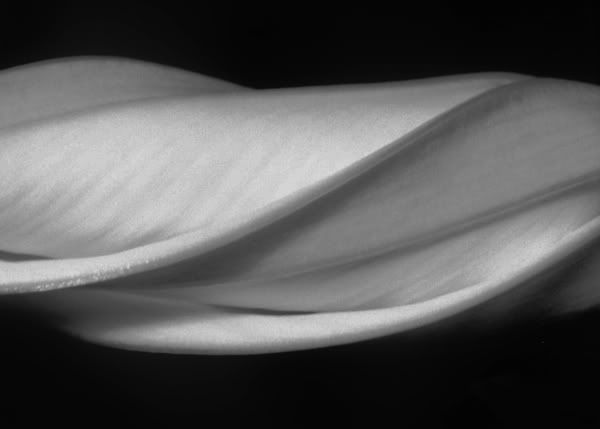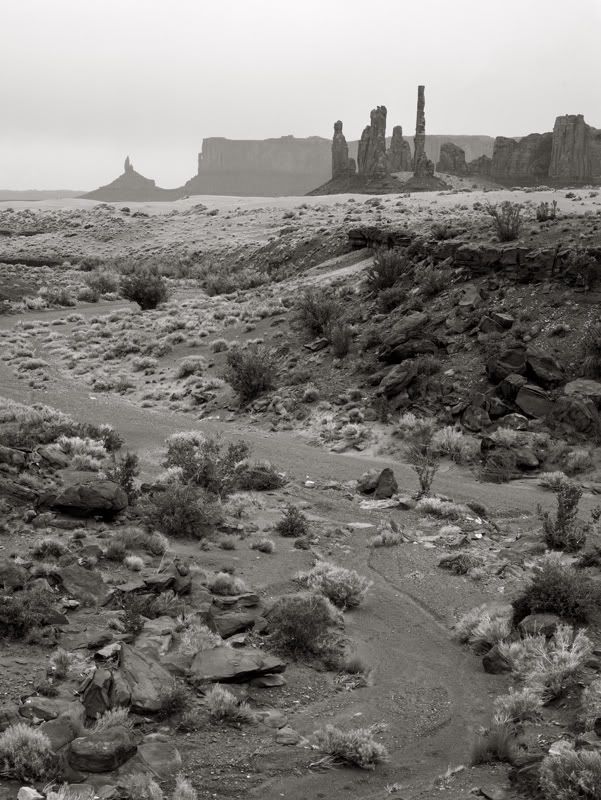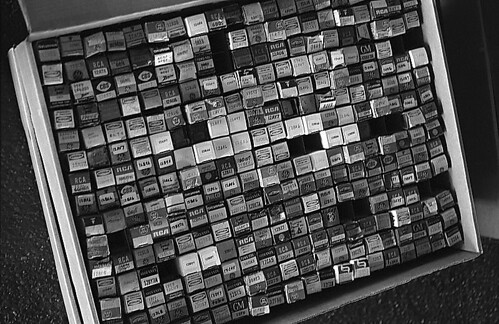The scope of the question is very broad!
If you want a high-res chromogenic then xp2 is pretty much your only choice. The bw400CN is not so good. Not awful but not as good as xp2.
If you want smoothness and are shooting in a smaller format, then the deltas and acros 100 are great; there are some smoother options as well. I actually prefer fp4+ to those, I like some grain and some bite. But you may want to spend more time researching development techniques rather than debating acros vs. delta 100 or the more exotic options.
I sometimes like xp2, but I generally don't care much for the almost flat, HDR look it gives, and I generally find it too smooth to give good edge definition. I also don't care for the highlight transitions. But of course in the hybrid process you can always curve in more contrast. Anyway when I used the slower deltas I had the reaction: where's my grain?! But obviously for scanning and the hybrid workflow, smoother, flatter capture may be wise. Xp2 is much better suited to digital workflow than traditional printing, in my opinion.
If you want high res and low grain then you might consider agfa scala (while stocks still exist) and/or dr5 processing. B&w slides are nicely scannable and super sharp, but also have that bit of contrast that I think lacks in xp2. B&W slides are a very good starting point if you want to do b&w contact printing, that's how I got into them.
Of course, who says you have to shoot b&w to get a b&w hybrid image? If you want smoothness and high resolution and you wnat to scan, why not shoot E6- e.g. astia or provia, make a benefit of the sharpness, and convert to b&w. The only slide film I don't particularly care to scan is velvia 50. But I have done b&w conversions from astia, provia 100F, provia 400x, and 64T, and they are super sharp and smooth- a good combo for digital enlargements.
P.S. Rich, xp2 is easier to scan because the range of density is low compared to traditional b&w films.






